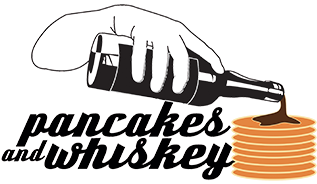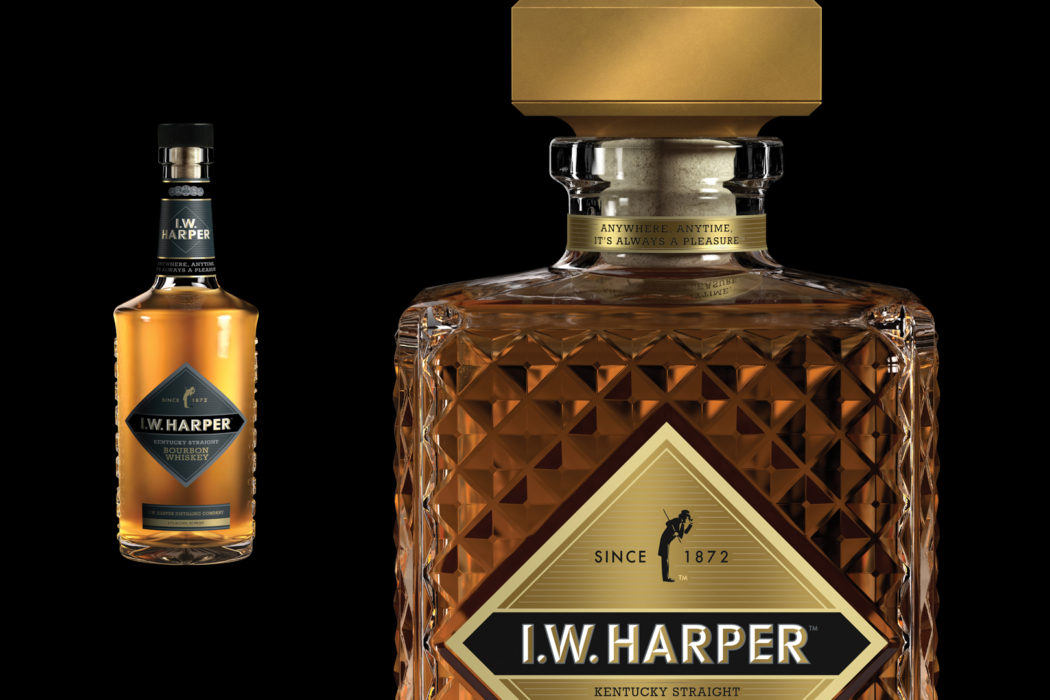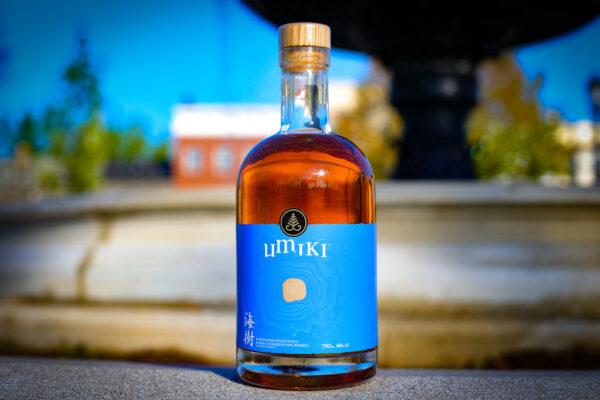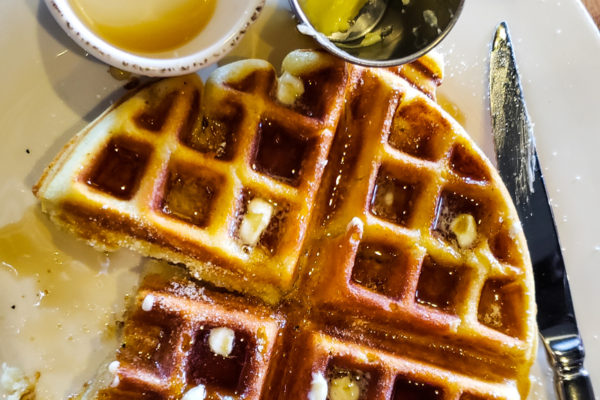For Labor Day, we raised a glass to the end of summer, and the beginning of bourbon season.
Which officially kicked off September, National Bourbon Month!
Wait, you missed that?
Let’s go back:
Semi-ancient history
In 1964 Congress decides that bourbon should be the nation’s drink, and creates rules on how bourbon has to be made. Here are the things you need to know – I normally wouldn’t list all of them, but I’ve seen enough misinformation on the interwebs recently that I’ll sleep better if I actually write these down for you. Ready?
Bourbon must be:
· Made from 51% corn (the rest is up to the distiller)
· Aged in new, charred oak
· Distilled at no more than 160 proof
· Put into the barrel at no more than 125 proof
· Bottled at no less than 80 proof
· Made in the USA (not just Kentucky)
That’s the long and short of the rules to making bourbon. Another day we’ll discuss what happens when the barrel isn’t new, or the proof is too high, or you didn’t get to 51% corn. (You’re supposed to just call it whiskey at that point, but not everyone follows the rules.)
Modern day bourbon
Each year, the governor of Kentucky proclaims September as National Bourbon Heritage Month. Fred Minnick, one of my favorite whiskey writers, usually writes up a bit about the ceremony.
Writers all over the country (including yours truly) expound on the deliciousness that is bourbon, with history, recipes, and other random commentary.
But then, it’s over. September becomes October, and it’s time for my favorite holiday, Halloween.
Even though we’ve closed out National Bourbon Month, we should probably still have some bourbon.
I.W. Harper
I.W. Harper has been around for 140+ years, though it wasn’t always available on US shelves. In the 70s, people discovered that Harper was a huge seller in Japan…and that they could buy it here, and sell it for a WHOLE lot more there.
The folks that owned I.W. Harper weren’t too excited by that, as you can guess.
It left American shelves for more than twenty years and was finally reintroduced in 2015.
It’s available in two expressions: an 82 proof straight bourbon (that means it’s at least 2 years old) and an 86 proof, 15 year old.
Both are decent pours, and like some older bourbons, the 15 comes with a steeper price tag that isn’t completely supported by the taste.
The 15 has a pretty bottle, but I’ve got to like the bourbon enough to pay $75, first. Check out my review and decide for yourself.
Sláinte!
Article: Jeanne Runkle




